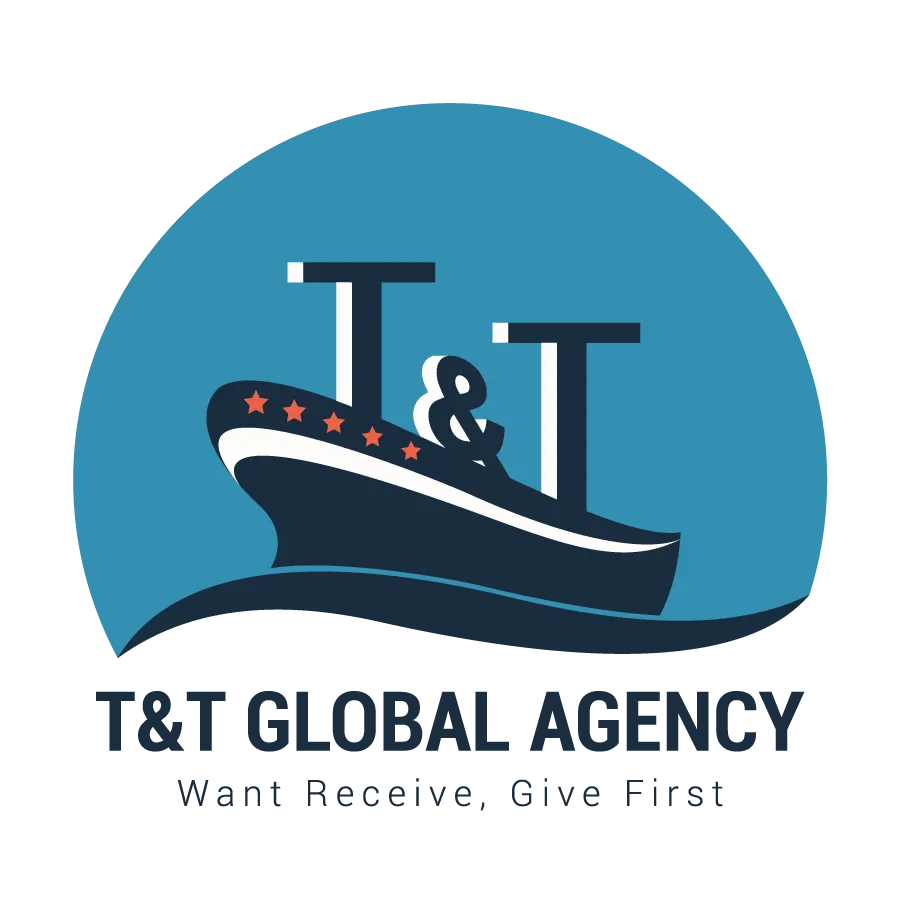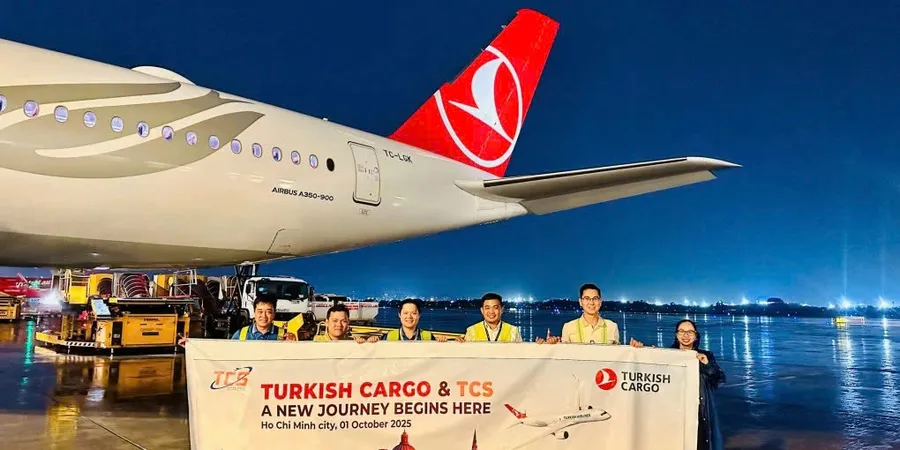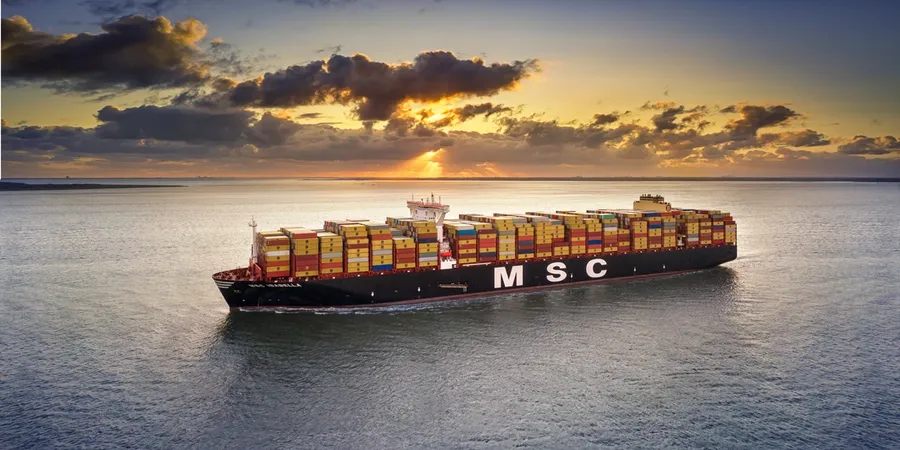How can businesses shield consumers from high freight rates?
Businesses worldwide are struggling with skyrocketing freight rates in the wake of the Covid-19 pandemic. What can they do to keep surging shipping costs from affecting customers?
It’s a challenging situation. There is little way to get around shipping needs, but businesses can’t raise their prices too much or consumers will shop elsewhere. Luckily, understanding the situation and mitigating high freight rates can help all parties.
How freight rates affect customers
Virtually everything shipped overseas needs to travel by shipping container on freight ships. Space on these ships has become a premium due to the surge in demand for goods. In fact, container prices for some routes are experiencing 600% increases over pre-pandemic rates.
When businesses can only afford to rent so much shipping container space, the amount of inventory they can ship is limited. This means they either sell out of those goods faster or need to raise prices to account for supply and demand.
Often both outcomes occur since companies need some way to make up for the difference in shipping costs. Short supply and high prices will quickly result in frustrated customers, though. Businesses may not be able to solve the supply chain crisis, but they can still help protect consumers from the side effects by getting creative with their approach to shipping.
Prevent Damaged Goods
One of the first steps businesses can take to mitigate the effects of high freight rates is to ensure everything they ship arrives safely. When shipping costs so much, items on board a shipping container become much more valuable since the replacement will be costly. Several expert packaging strategies can help protect goods while they are in transit. Businesses should find high-value shipping protection that does not drive up expenses.
Optimizing the way protective packaging is used is a good place to start. For example, rather than using a larger box packed with air bags for padding, use a smaller one and a layer of bubble wrap. This uses fewer materials, which saves money and leaves less space for the item inside to rattle around in transit. Options made of recycled plastic can be a great way to save money while also benefiting the environment.
Keep Things Local
Many businesses face high freight costs on lengthy routes with excessive wait times at ports. One solution may be to look elsewhere for manufacturing and shipping partners. While switching to domestic manufacturers may not always be possible, companies can search for partners closer to home or within less-crowded shipping routes. One easy method is to find a carrier that is located nearby. This will increase the chances of a business getting their freight into a backhaul and saving on rates.
Additionally, closely examine global shipping traffic in ports as well as overseas routes. Some are far busier than others. While it may mean longer domestic travel, businesses may be better off finding less crowded ports to send their freight to. Studies by the United Nations Conference on Trade and Development have shown that price increases in freight rates are not evenly distributed worldwide. Prices can be greatly impacted by location-specific factors such as port infrastructure.
Coordinate With Carriers
Carriers are an important component in reducing the consumer impact of high freight rates. Since they are doing the actual handling that costly shipping is paying for, businesses should make sure they are getting the most for their money. Coordination with carriers can maximize the value of freight rates and transport goods as efficiently as possible.
For example, industry experts have recommended companies offer pickup times outside high-traffic hours. This can cut down the wait time to get freight to the dock and help the carrier by allowing them to maximize their haul. Staying up for late pickups can save on freight rates, which can stack up quickly and make a big difference for consumers.
Dealing With High Freight Rates
Today’s sky-high freight rates can frustrate businesses and customers. Companies must adapt and research creative solutions until the supply chain crisis improves. Thinking outside the box and considering every element of the shipping process can help pinpoint areas to reduce shipping costs. Even if customers are not aware of the complexity that goes into delivering their favorite products, they will appreciate the time and effort spent to keep prices down and quality up.
Source: Container News





